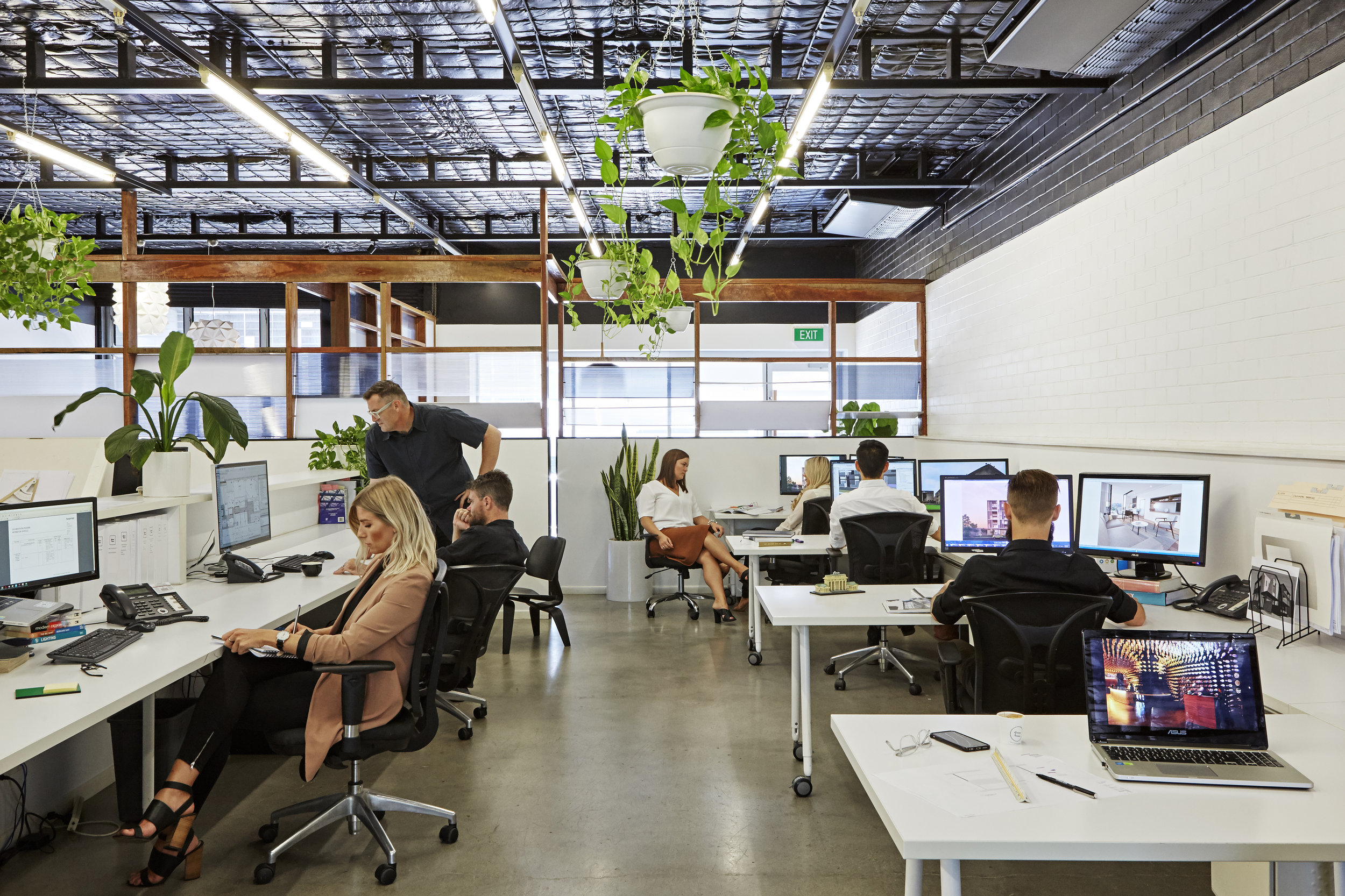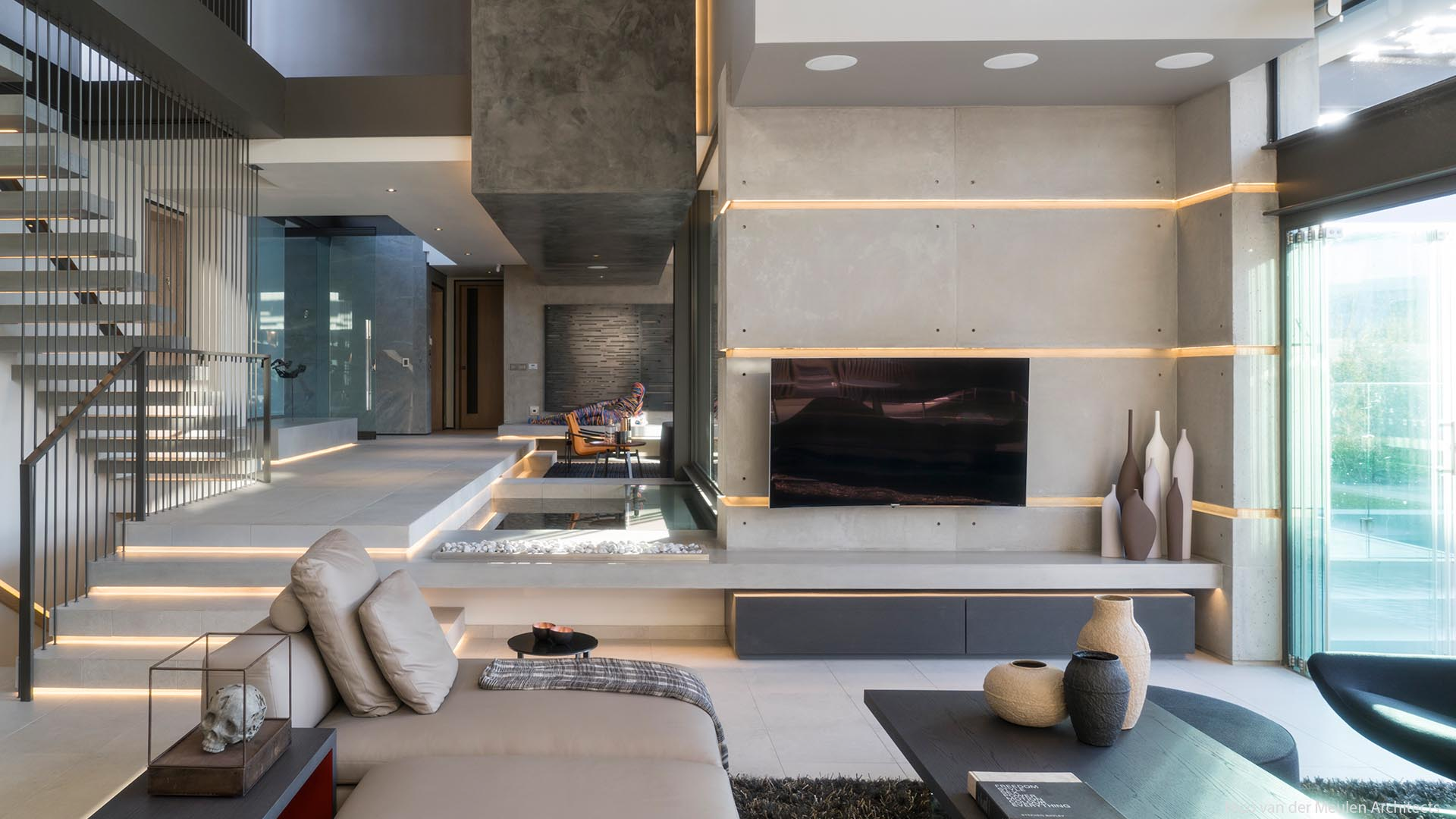Expert Rural Home Styling for a Peaceful Escape
Expert Rural Home Styling for a Peaceful Escape
Blog Article
The Art of Equilibrium: Exactly How Interior Design and Home Architect Collaborate for Stunning Results
In the realm of home design, striking a balance in between appearances and functionality is no small feat. This delicate balance is accomplished via the unified collaboration between indoor designers and architects, each bringing their distinct experience to the table. The result? Rooms that are not just visually stunning however also incredibly livable. This ideal blend is not constantly simple to achieve. Remain with us as we discover the ins and outs of this collective process and its transformative effect on home design.
Understanding the Core Differences In Between Interior Decoration and Home Style
While both Interior Design and home design play essential functions in developing aesthetically pleasing and useful spaces, they are naturally various disciplines. Home design largely focuses on the architectural facets of the home, such as building codes, security laws, and the physical construction of the area. It manages the 'bones' of the framework, working with spatial dimensions, load-bearing wall surfaces, and roof covering designs. On the other hand, Interior Design is a lot more worried with enhancing the sensory and aesthetic experience within that framework. It entails selecting and organizing furniture, selecting shade systems, and incorporating decorative elements. While they work in tandem, their functions, duties, and locations of knowledge deviate significantly in the creation of a harmonious home environment.
The Synergy Between Home Design and Interior Decoration
The harmony between home architecture and Interior Design exists in a shared vision of design and the enhancement of practical looks. When these 2 fields line up harmoniously, they can transform a home from ordinary to extraordinary. This collaboration calls for a much deeper understanding of each self-control's principles and the ability to create a natural, cosmetically pleasing atmosphere.
Unifying Style Vision
Unifying the vision for home design and indoor design can produce an unified living space that is both practical and visually pleasing. It advertises a synergistic strategy where architectural elements complement indoor layout elements and vice versa. Thus, unifying the layout vision is vital in blending architecture and indoor design for spectacular outcomes.
Enhancing Functional Aesthetic Appeals
Just how does the synergy in between home design and Interior Design boost functional aesthetic appeals? This harmony enables the creation of areas that are not just visually attractive however additionally pleasantly useful. Architects prepared with their structural design, guaranteeing that the area is functional and effective. The indoor designer then matches this with thoroughly selected aspects that improve the aesthetic appeals without jeopardizing the performance. This harmonious collaboration can result in homes that are both livable and beautiful. An engineer may develop a house with high ceilings and large home windows. The interior developer can after that accentuate these functions with large drapes and tall plants, specifically, hence improving the aesthetic allure while keeping the functional benefits of all-natural light and spaciousness.
Importance of Partnership in Creating Balanced Spaces
The collaboration in between indoor designers and engineers is critical in developing balanced areas. It brings harmony between layout and design, bring to life spaces that are not just aesthetically pleasing however additionally functional. Checking out effective collaborative methods can supply insights into exactly how this synergy can be successfully achieved.
Harmonizing Design and Design
Equilibrium, a crucial aspect of both Interior Design and design, can just absolutely be achieved when these two fields work in consistency. This consistency is not merely an aesthetic consideration; it impacts the performance, durability, and inevitably, the livability of a space. Interior developers and architects need to recognize each various other's duties, value their know-how, and connect effectively. They should think about the interplay of structural aspects with style, the circulation of rooms, and the influence of light and shade. This collaborative procedure results in Continued a natural, balanced design where every element contributes and has a function to the overall aesthetic. Therefore, balancing style and style is not simply concerning developing lovely spaces, however about crafting areas that work flawlessly for their residents.
Effective Collective Strategies

Instance Studies: Effective Integration of Layout and Design
Analyzing numerous situation studies, it emerges how the effective integration of Interior Design and design can change an area. The Glass Residence in Connecticut, renowned for its minimalistic beauty, is one such instance. Designer Philip Johnson and indoor designer Mies van der Rohe teamed up to create an unified balance between the inside and the structure, leading to a seamless flow from the outside landscape to the inner living quarters. One more prototype is the Fallingwater House in Pennsylvania. Engineer Frank Lloyd Wright and interior developer Edgar Kaufmann Jr.'s joint efforts bring about a strikingly special residence that blends with its all-natural environments. These case research studies underscore the profound effect his explanation of an effective design and design cooperation.

Getting Rid Of Difficulties in Style and Architecture Collaboration
Despite the indisputable benefits of a successful cooperation in between Interior Design and architecture, it is not like it without its obstacles. Communication issues can emerge, as both celebrations may use different terms, understandings, and approaches in their job. This can lead to misunderstandings and hold-ups in job completion. An additional major challenge is the harmonizing act of looks and functionality. Engineers might prioritize structural honesty and safety and security, while designers concentrate on convenience and design. The assimilation of these goals can be complex. Additionally, spending plan and timeline restrictions frequently include stress, potentially creating rifts in the cooperation. Effective interaction, mutual understanding, and concession are essential to get over these difficulties and attain a successful and unified collaboration.

Future Fads: The Advancing Relationship In Between Home Architects and Inside Designers
As the world of home style proceeds to develop, so does the relationship between architects and indoor developers. Alternatively, interior developers are embracing technological aspects, influencing total layout and performance. The future guarantees an extra natural, innovative, and adaptive approach to home style, as architects and developers proceed to obscure the lines, cultivating a partnership that truly embodies the art of balance.
Conclusion
The art of balance in home design is accomplished through the unified partnership in between indoor developers and architects. An understanding of each other's techniques, reliable communication, and shared vision are important in developing visually sensational, useful, and inviting rooms. In spite of challenges, this partnership cultivates growth and technology in layout. As the partnership in between home engineers and indoor designers develops, it will certainly continue to shape future patterns, enhancing convenience, efficiency, and individual expression in our space.
While both interior design and home design play necessary functions in creating cosmetically pleasing and practical spaces, they are naturally various self-controls.The harmony in between home architecture and indoor style lies in a common vision of style and the enhancement of useful visual appeals.Combining the vision for home design and interior style can create an unified living space that is both useful and aesthetically pleasing. Hence, unifying the design vision is critical in blending architecture and indoor style for stunning outcomes.
How does the synergy in between home architecture and interior style boost practical aesthetics? (Winchester architect)
Report this page